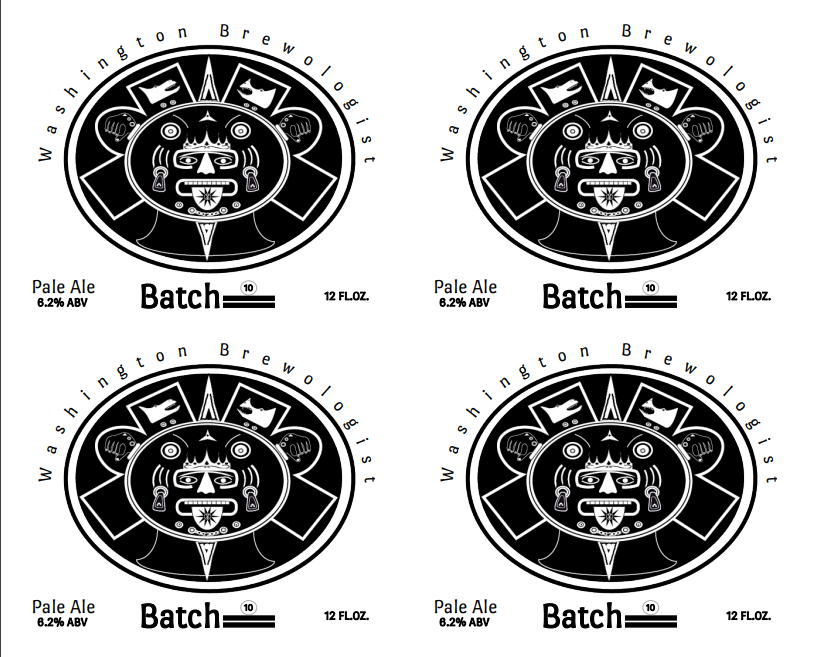Washington_Brewologist
THE PNW BIAB BrewOlogist
This will be my 10th batch and I'm trying to brew up a really tasty hop bursted APA. I also took my first stab at creating a recipe based on all of the stuff I've learned over the last 3 or 4 months. I'm wondering if you guys think Simcoe would work as a good bittering hop in this recipe? If you guys have any experience brewing with these hops or think I could change anything that might make this a better beer, please share your wisdom!
UPDATED RECIPE:
Batch #10
Maris Otter 7.5#
Munich Malt 3#
Crystal 40 0.5#
Hop Additions:
.5oz Simcoe @ 20 minutes
.5oz Amarillo @ 10 minutes
.5oz Denali @ 10 minutes
1oz Amarillo @ 5 minutes
1oz Denali @ 5 minutes
1oz Amarillo @ Wirlpool 20 minutes @ 150-170
1oz Denali @ Wirlpool
.5oz simcoe @ Wirlpool
1.5 oz Amarillo & Denali for a 3 day dry hop after fermentaion.
UPDATED RECIPE:
Batch #10
Maris Otter 7.5#
Munich Malt 3#
Crystal 40 0.5#
Hop Additions:
.5oz Simcoe @ 20 minutes
.5oz Amarillo @ 10 minutes
.5oz Denali @ 10 minutes
1oz Amarillo @ 5 minutes
1oz Denali @ 5 minutes
1oz Amarillo @ Wirlpool 20 minutes @ 150-170
1oz Denali @ Wirlpool
.5oz simcoe @ Wirlpool
1.5 oz Amarillo & Denali for a 3 day dry hop after fermentaion.
Last edited:




































![Craft A Brew - Safale S-04 Dry Yeast - Fermentis - English Ale Dry Yeast - For English and American Ales and Hard Apple Ciders - Ingredients for Home Brewing - Beer Making Supplies - [1 Pack]](https://m.media-amazon.com/images/I/41fVGNh6JfL._SL500_.jpg)






















